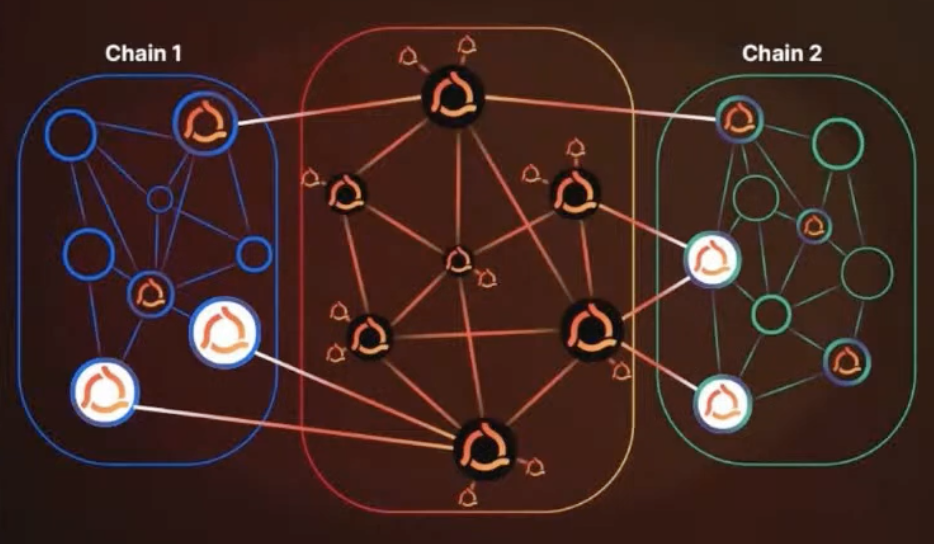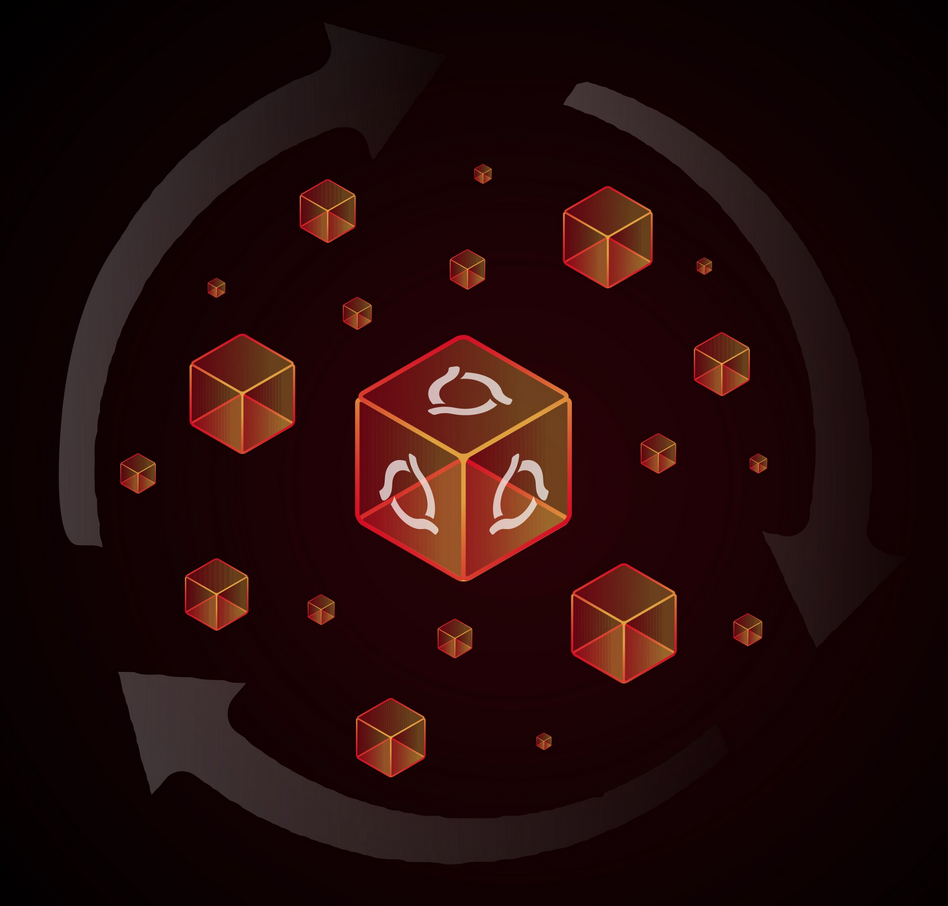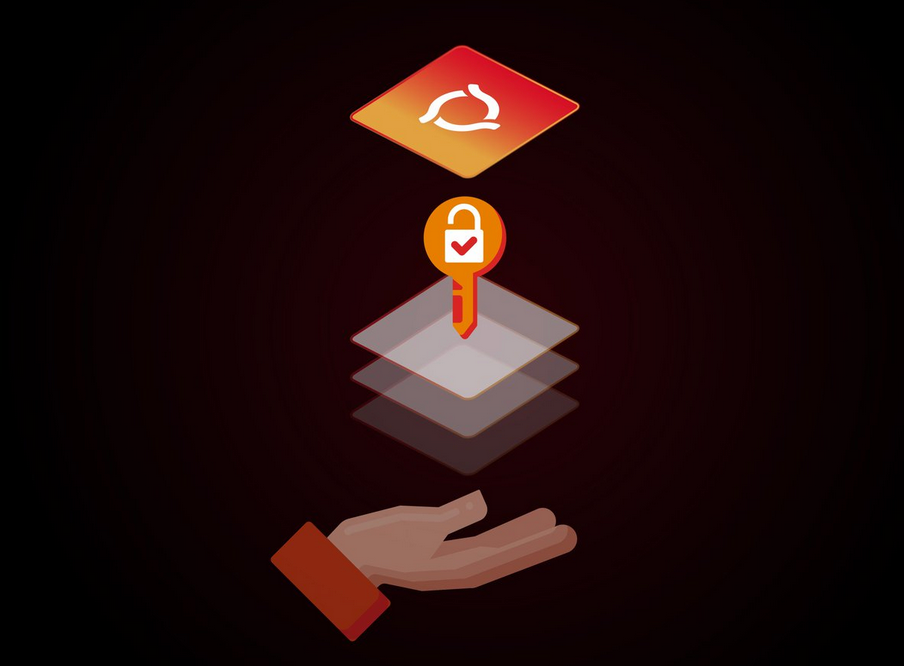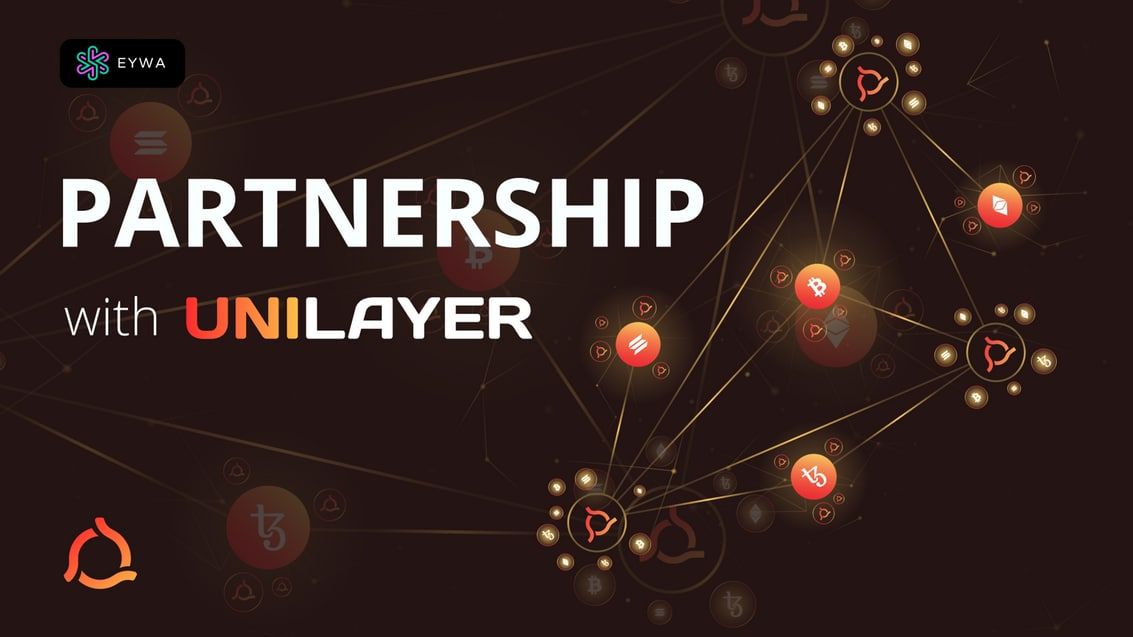CEO Alex Belets Shares Insights Into UniLayer’s Breakthrough Technology

UniLayer is a tech-centered project, with a mission of bringing decentralized interoperability to the entire blockchain space. The UniLayer Network was built from the ground up as a Layer-1 infrastructural platform, capable of facilitating cross-chain transactions completely on chain.
The formation of the UniLayer Network has required the development of innovative technology to realize its vision of decentralized interoperability. The UniLayer Network is comprised of “Universal Nodes” that are “fused” to the nodes of the integrated networks (Bitcoin, Ethereum, Near, etc.), enabling seamless and secure messaging without the use of RPCs (Remote Procedure Calls). Universal Nodes connect with interoperable “Logix” smart contracts, which can bundle smart contracts from multiple chains.
The UniLayer network supports cross-chain communications of all kinds, and is applicable to DeFi, NFTs, gaming, governance, and more. Its flexibility and security - along with nearly costless transactions - make it an ideal platform to fill the interoperability gap, which stifles the blockchain industry's growth and development.
CEO Alex Belets recently shared some insights into what makes UniLayer’s tech so special, its aims, and how UniLayer intends to fulfill its promise as a foundational interoperable layer for all. Alex discussed UniLayer’s architecture and how UniLayer compares to current interoperability solutions, along with key insights into the future of UniLayer’s partnership with EYWA.

Universal Nodes: Forming a Network of Networks
The key point is that the UniLayer Network is a Layer-1 chain, which offers natural advantages. Our “collateral nodes” are, at once, hot nodes on our chain and the target chain (single binaries, without the use of an RPC in between). The data transfer happens on the C++ level, within a stack of daemons. The nodes reach consensus on any incoming event on chain.
- Alex Belets, CEO of UniLayer
UniLayer is able to facilitate cross-chain messaging without the use of oracles, bridges, or other centralized protocols, maintaining interoperability completely on chain. Cross-chain transactions on the UniLayer Network are validated by Universal Nodes.
Universal Nodes are fused with the nodes of integrated blockchains, such as Bitcoin, Ethereum, Near, and Solana. Each Node validates transactions on both the UniLayer Network and the integrated network, accessing and verifying transactions, relaying their on-chain information to any of the blockchains on the UniLayer Network. As more and more blockchains are added to the UniLayer network, the interoperable capabilities and possibilities for all networks expands.

UniLayer’s Logix: Interoperable Smart Contracts
Coupled with Universal Nodes are UniLayer's customizable, interoperable “Logix” smart contracts. These smart contracts open up a wide range of possibilities for DApps, allowing them to access multiple blockchains at once. Logix greatly simplifies and secures back-end infrastructure for cross-chain integrations, allowing multiple smart contracts (across multiple chains) to be coordinated by a single one.
While UniLayer’s smart contracts are Solidity-based, they are able to communicate with numerous chain types - including Bitcoin, Near, and Solana - gathering information directly from the nodes of each network.
Network integrations are currently being developed for the testnet. These integrations will pave the way for a new generation of cross-chain gaming, DeFi, and NFT-based DApps.

UniLayer’s Strong Security
Layer-1 chains protect themselves by ensuring that the price of carrying out an attack is higher than the profit made by executing it. Keep in mind that the price of attacking a Layer-1 is much higher than cost to target a single oracle or cluster of oracles.
UniLayer also has a minimum threshold of collateral nodes for each integrated chain. If that number is not reached, the transaction is rejected.
- Alex Belets
UniLayer is a DPOS (delegated proof of stake) Layer-1 network that derives security from its decentralized network of nodes, eliminating the threats of hacks and minimizing all other risks.
UniLayer Network Versus LayerZero
We use some aspects of LayerZero’s design, since it is a masterpiece. But the crux of the matter is that we are a Layer-1 chain. LayerZero is a Layer-0. We have a different focus: they are about liquidity, we are about infrastructure.
We bring trustless cross-chain to crypto. Speed of execution, transparency, and affordability of cross-chain transactions. In order to make interoperability possible on a large scale, they all must be tremendously better than they are now.
That is why we created UniLayer.
- Alex Belets
The UniLayer Network is distinct from other cross-chain solutions, in large part due to its strict adherence to its purely blockchain-based architecture. LayerZero, for instance, relies on a combination of oracles and “relayers”. Its Stargate protocol, which facilitates cross-chain liquidity transfers, uses advanced security features, but is still, fundamentally, a bridge. This highlights another distinction between UniLayer and LayerZero: UniLayer is a broad-based infrastructural platform, while LayerZero places particular emphasis on liquidity transfers.
UniLayer Network Versus THORChain
We are the infrastructure. Anyone can build their own trustless bridge over us and find their own way to handle tokens. We can help them do it more easily, more securely and transparently, more cost-effectively. Our model is B2B: UniLayer won’t provide the bridge - or at most, will only showcase a bridge as an example or model.
We place our trust in our nodes, or more specifically their consensus, as we are a Layer-1 chain. UniLayer won’t “decide” what should or should not happen within the network, as that runs counter to the entire purpose of the blockchain.
UniLayer has one fundamental purpose, and that is to transfer messages in the most secure, transparent, and inexpensive way possible.
- Alex Belets
Another existing cross-chain solution, THORChain is a user-friendly protocol that supports asset swaps on a number of popular blockchain networks. Unlike THORChain, UniLayer offers infrastructural support for cross-chain communications of all kinds. Though the UniLayer Network can be used for asset transfers, it opens the doors to a myriad of use cases, from interoperable smart contracts and DeFi applications to cross-chain governance. UniLayer provides interoperability on the protocol level.
UniLayer’s Uniquely Open Approach
Many leading blockchain networks are tackling the challenge of interoperability, including, Layer-0s Polkadot, Cosmos, and Layer-1, Near. However, UniLayer is the only network built to incorporate all existing blockchain networks into a complete, decentralized interoperable network. UniLayer facilitates data transfers of all kinds, agnostic to data type or blockchain source - UniLayer is universal.

UniLayer’s Partnership With EYWA
UniLayer is pleased to be partnered with EYWA, a versatile cross-chain protocol that offers a suite of cross-chain products, including a dex, bridge, and liquidity aggregator. While the partnership offers many areas for exploration, UniLayer will begin by offering EYWA operational compatibility with non-EVM chains (even in the Bitcoin family), as well as general infrastructural support for their liquidity offerings.
UniLayer Keeps Building
UniLayer aims to usher in a new era of secure, decentralized interoperability, unlocking the full potential of the blockchain, and setting the stage for the next wave of mass adoption. 2022 was a momentous year for UniLayer - we made major strides in technical development, funding, community and partnership building.
See UniLayer’s full year in review.
Since the successful launch of UniLayer’s testnet, the team has been busy building additional features for the network, including integration with Metamask and a block scanner. The first network integrations are also in development, and their launch is set to accelerate the growth of UniLayer’s community and fuel new partnerships. Once UniLayer reaches the milestone of multiple network integrations, we will set our sights on mainnet launch.
To keep up with development announcements and more, follow us on Twitter.
To join our growing community and reach the team directly, join our Discord.

